
Wolf spiders, scientifically known as Lycosidae, are fascinating creatures that belong to the family of spiders. With their unique hunting techniques and distinctive appearance, these arachnids have earned a reputation as fearless predators. In this article, we will explore the intriguing world of wolf spiders, their behavior, habitats, and the importance they hold in our ecosystem.
1. Physical Characteristics
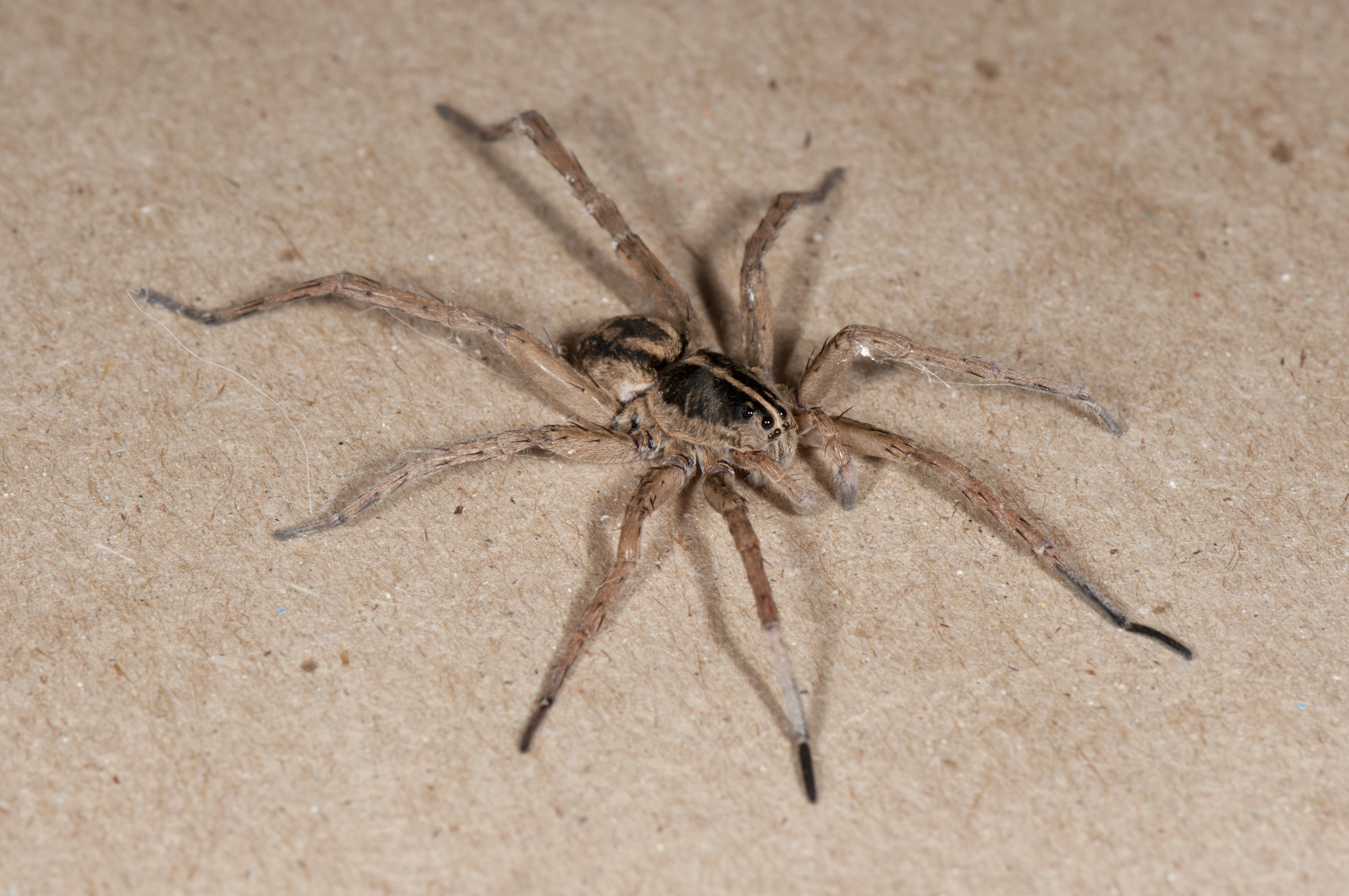
Wolf spiders are known for their robust bodies, ranging from 0.04 to 1.18 inches in length. They display a diverse range of colors, including shades of brown, black, gray, and even some with striking patterns. These spiders have eight eyes arranged in three rows, with the middle row containing four eyes. This unique eye arrangement gives them excellent vision, allowing them to hunt efficiently.
2. Hunting Techniques

Unlike many other spiders that build webs to catch prey, wolf spiders are active hunters. They rely on their exceptional eyesight and agility to chase down their victims. These spiders use their powerful legs to pounce on unsuspecting insects and immobilize them with a venomous bite. Once their prey is subdued, they inject digestive enzymes into their victims, turning them into a liquid that can be easily consumed.
3. Diverse Habitats
Wolf spiders are found in diverse habitats worldwide, except for extreme environments such as polar regions. They can be spotted in grasslands, forests, deserts, and even in human-populated areas. These spiders are well adapted to different environments and can be found in burrows, under stones, logs, or leaf litter. Some species even create silk-lined dens for shelter and protection.
4. Maternal Care

One remarkable trait of wolf spiders is their exceptional maternal care. After mating, the female wolf spider produces an egg sac, which she attaches to her spinnerets. This egg sac is carried by the female spider, who actively guards it against predators. Once the spiderlings hatch, they climb onto their mother's back, where they remain until they are ready to venture out on their own.
5. Ecological Importance
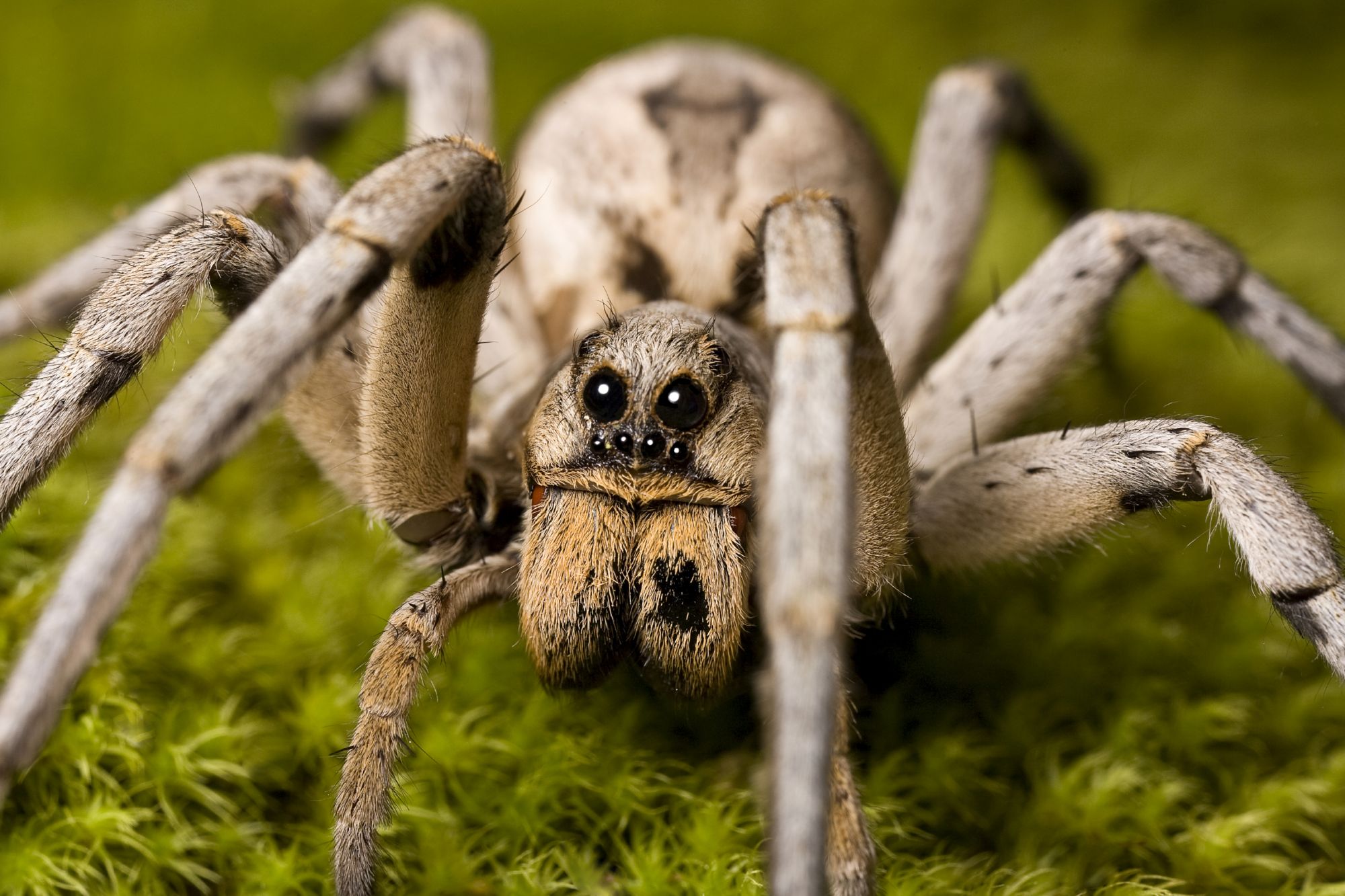
Wolf spiders play a crucial role in maintaining the balance of ecosystems. By preying on various insects, they help control populations that could otherwise become pests. These spiders contribute to the overall health and stability of their habitats, making them valuable allies for humans in pest management without the need for chemical interventions.
6. Defense Mechanisms

When threatened, wolf spiders resort to various defense mechanisms. Their first line of defense is their ability to camouflage with their surroundings, making them difficult to spot. If caught or cornered, they may resort to biting, injecting venom that can cause pain and discomfort. However, it is important to note that wolf spider bites are rarely dangerous to humans unless an allergic reaction occurs.
7. Species Diversity
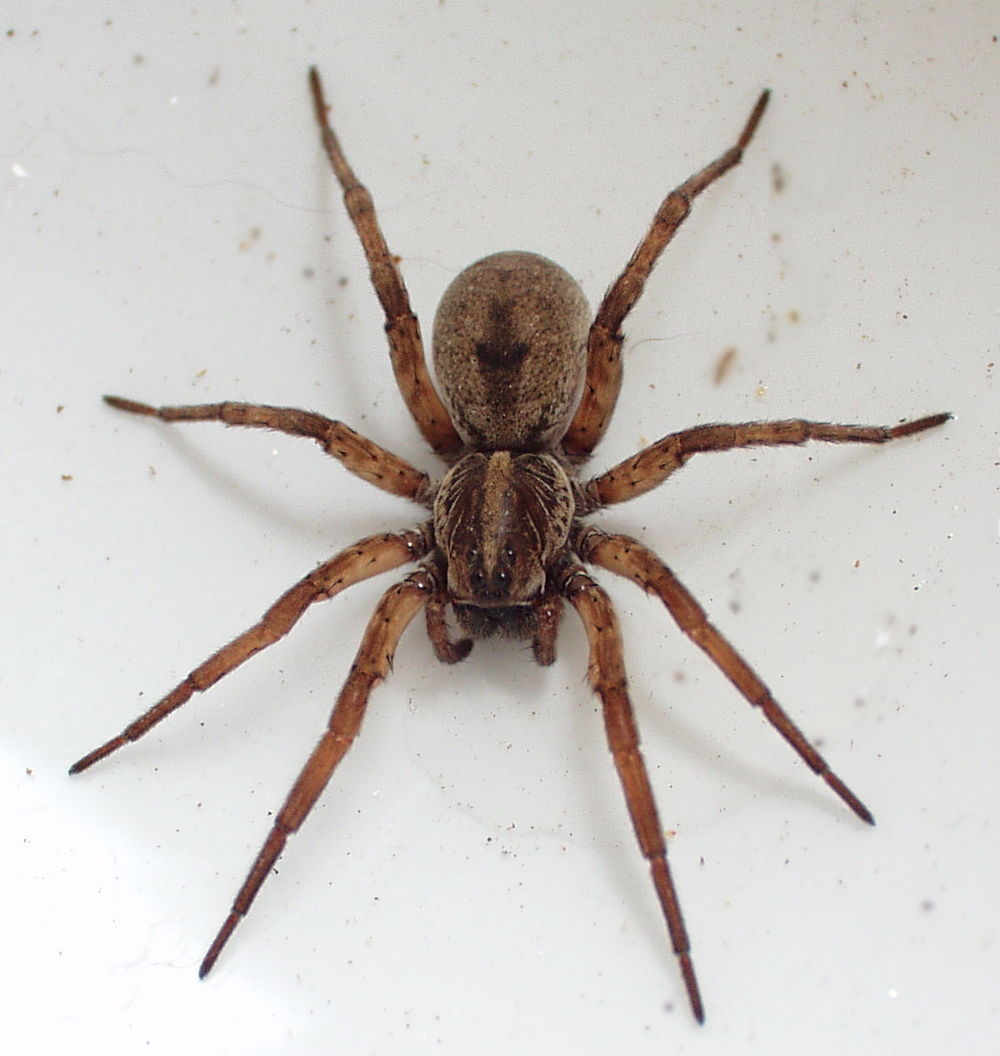
The wolf spider family, Lycosidae, is vast and diverse, comprising over 2,300 known species. These spiders can be found in nearly every continent, showcasing a wide range of adaptations to different environments. Each species has its unique characteristics, making the study of wolf spiders an exciting field for researchers and enthusiasts alike.
8. Lifespan and Reproduction
:max_bytes(150000):strip_icc()/wolf-spider-965699428-5c0af26f46e0fb0001b4f222.jpg)
The lifespan of wolf spiders varies depending on the species and environmental conditions. On average, these spiders live for one to two years. Mating usually occurs during the autumn season, with the female storing the male's sperm until she is ready to produce an egg sac. The number of eggs in each sac can range from dozens to hundreds, ensuring a new generation of wolf spiders.
9. Interaction with Humans
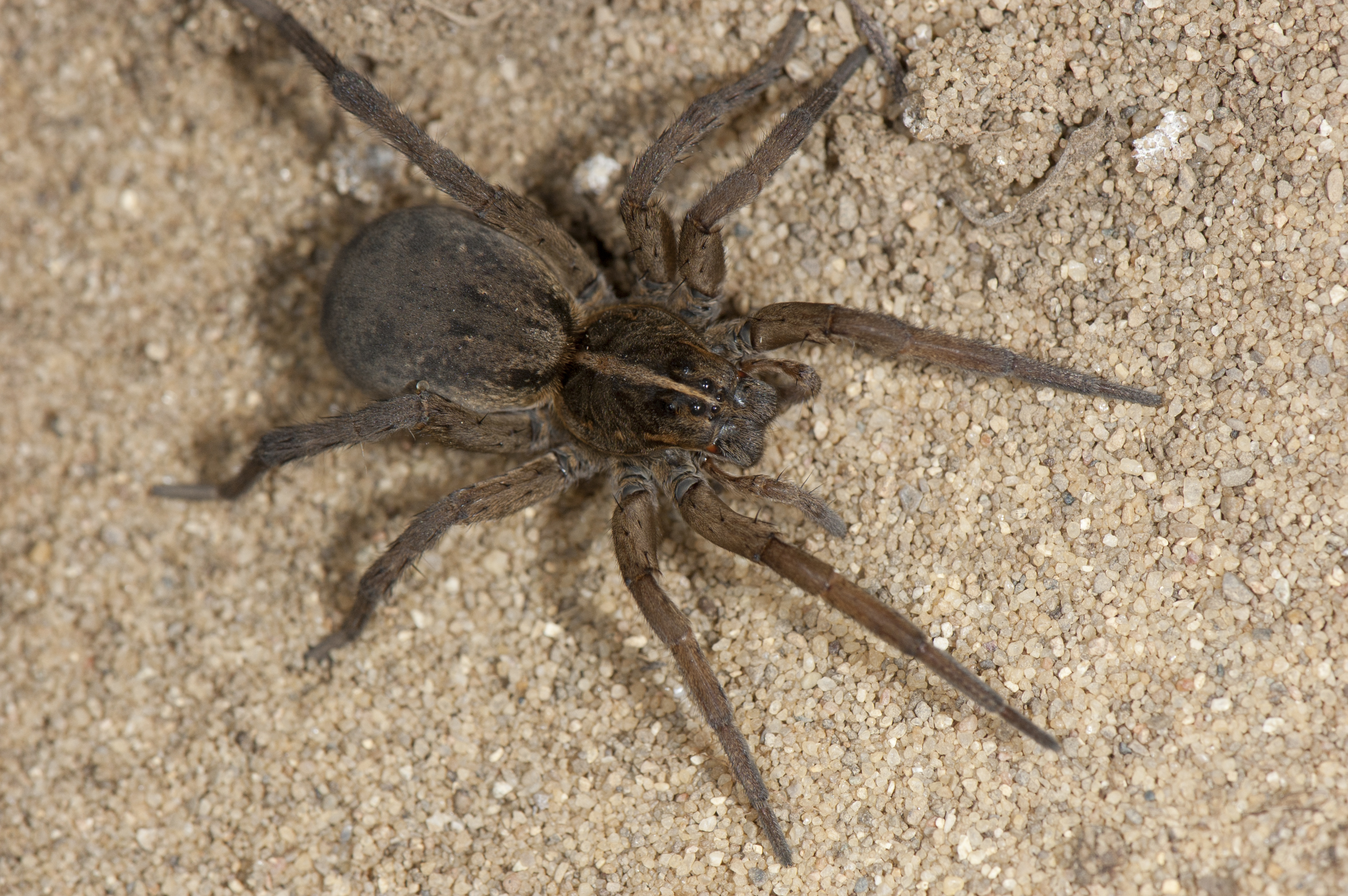
While wolf spiders may seem intimidating due to their size and appearance, they generally pose no threat to humans. These spiders are not aggressive and only bite when provoked or threatened. Their presence can actually be beneficial, as they help control insect populations around homes and gardens. It is important to maintain a respectful distance and avoid unnecessary interactions with these fascinating creatures.
10. Conclusion
In conclusion, wolf spiders are remarkable creatures that contribute to the balance of ecosystems by acting as natural pest controllers. Their hunting techniques, diverse habitats, and exceptional maternal care make them fascinating subjects of study. Understanding and appreciating the role of these arachnids in our environment can lead to a greater respect for the intricate web of life on our planet.